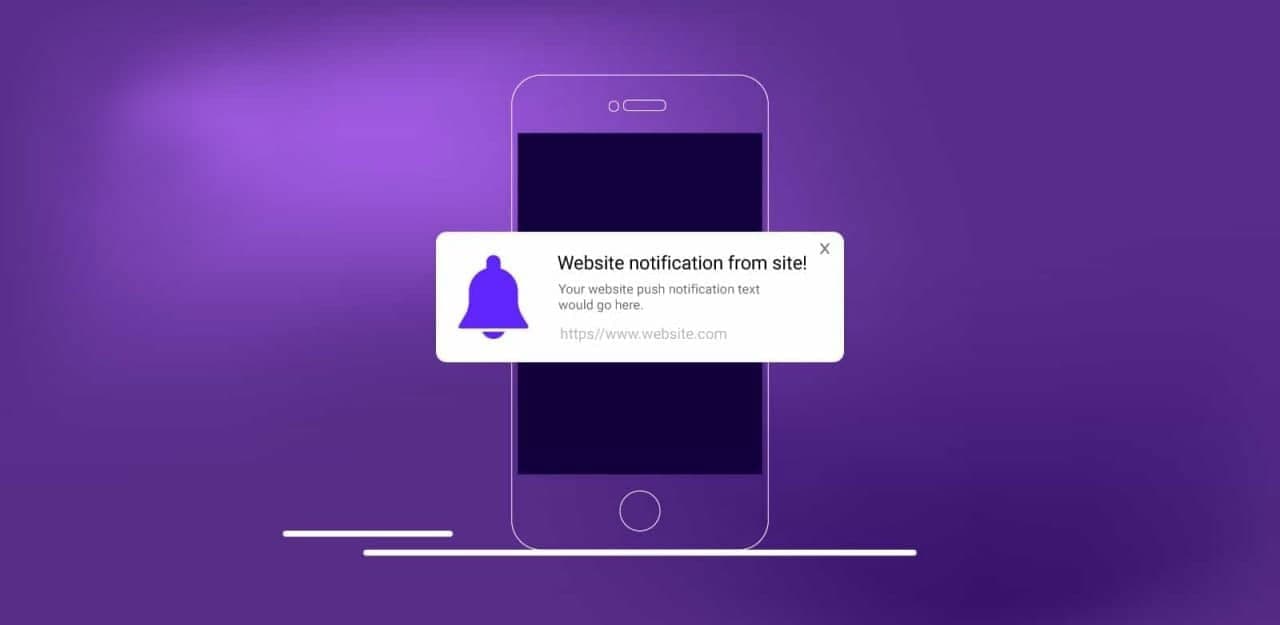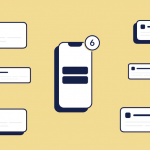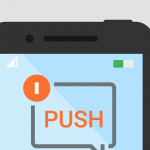14 ways to create an engaging automated marketing campaign

Automation is one of the most exciting innovations in the field of marketing and advertising. An automated message can save a business both time and money. With the latent ability that most artificial intelligence chatbots have today, an automated message need not be straightforward and simple. The goal of any statement should be to engage the customer, and modern AI makes it easy for businesses to craft a message along these lines. But what are the elements of an engaging automated message?
To begin with, most audiences have specific elements that engage them. By using insights into the audience’s mindset, a business can potentially craft a message that reaches out to each visitor on a personal level. Personalization counts a lot in customer messaging. Here, 14 experts from Forbes Business Council look at a few effective methods for creating an engaging automated marketing campaign for visitors to a website or social page.
1. Consider The Full Customer Journey
Marketing campaigns are ineffective without an overarching understanding of what they’re supposed to fulfill with the full customer journey taken into consideration. What is it that you sell that leaves your client better off? What experience do you want them to have? Create a marketing campaign to fulfill these aims, and keep messages to a connected human level. – Doug C. Brown, Business Success Factors
2. Track User Behavior
User behavior, even if it’s one single action, must drive an automation strategy in order for it to be effective. For instance, has the contact visited your landing page three times but not completed the form? Start an automation sequence that sends automated messages with a compelling offer to these contacts to help them along in your intended marketing flow and funnel. – Matt Small, Symplicity Corporation
3. Bring Personality Into The Messaging
Include your own personality or brand’s tonality into the message. An automated message still means a person will be reading the message. Make it fun and interesting as though you’re talking to your existing or potential customer on the phone or face to face. –Natalie Lowe,The Orangeblowfish
4. Think Of The Customer Experience
Always consider the customer experience. Craft thoughtful messages that speak to how your solution solves a problem for the customer and adds value to their work and life. Provide a clear call to action that the customer simply can’t refuse. –Andrew Olsen,ResourceOne Fundraising Group
5. Segment Your Client List
Client segmentation is extremely helpful in ensuring the content you are sending out lands well with the intended audience. Taking the time on the front end to set up the tags and other important data flags will pay off in the conversion. –Kelly McDonald,Kyndoo Inc
6. Make It Count
In our noisy information age, it’s increasingly important to make it count. Relevance is key. Quality over quantity. Less is more. Target the right audience at the right time, and your messaging should be clear and concise. Add value and interrupt the pattern. Even the best automation requires logic and the human element. –Angela Delmedico,Elev8 Consulting Group
7. Ensure The Message Provides Value
Automated marketing campaigns can be powerful tools if used properly. The best way to create an effective email campaign is to put yourself in your customer’s shoes and ask this: “Does this email provide value to me?” This value and customer-centric focus in emails will increase open rates, leading to a more engaged reader that will eventually want to do business with your company. –Marcus Chan,Venli Consulting Group
8. Consider Messaging Frequency
Consumers’ email inboxes tend to not be respected by the frequency with which marketing emails arrive. Consider the frequency and quality of your messaging. Often, firms seek to send more campaigns and not quality ones. Limit them to once or twice a month. Provide a quality email and your customers will look forward to them. They will also appreciate you respecting their time and inboxes. –Paul L. Gunn,KUOG Corporation
9. Instill Trust
Focus on instilling trust via your campaigns.Neurosciencehas shown that when the level of trust is high in social or organizational environments, a virtuous cycle of trust emerges. More trust motivates more engagement, collaboration and loyalty. When we feel positive emotions, resulting from the neurochemical oxytocin, we are more likely to trust others. That is the spark to a great campaign. –Andreea Vanacker,SPARKX5
10. Use The Right Customer Data
The first step toward building an effective automation strategy is using the right customer data. Once you have the target data to work with, the next step is to leverage your findings and optimize your marketing automation efforts. Organizations that correctly map the customer experience and use personalized content will chart out the most effective strategy for marketing automation. –Ashish Sukhadeve,Analytics Insight
11. Focus On An Idea
Most messages have a short shelf-life; they compete with billions of messages daily and it’s necessary and difficult to rise above the noise. Focus on an idea, i.e., “This golf club makes you a better golfer” versus a message, i.e., “Buy this golf club because it will improve your swing.” Ideas spread—and a well-told idea spreads faster. People don’t remember features, they remember benefits. –Pankaj Srivastava,Practicalspeak
12. Continuously Optimize Outreach
A/B test your messages and use the data to continuously optimize your outreach. Giving your customers the best possible experience is good for your target audience and for your business. –Missy Narula,Exhale Parent
13. Leverage SMS And Push Notifications
SMS and push notifications are key in today’s economic climate of civil unrest. Grabbing new customers may be an ever-changing effort on behalf of business owners. Retargeting and other geographic consumer interaction tools, coupled with Pixels, can help measure consumer actions via retargeting and assisting with conversion. SMS, geotargeting, push notifications and retargeting matter. –Olivia Friedman,Institute of Higher Global Studies
14. Don’t Use Jargon
While any message must communicate your information effectively, it’s essential to deliver it in a manner that is well received by people from diverse backgrounds. Make sure to not use jargon, terms or concepts that may not be easily understood across cultures. If you have global customers, be mindful that polite, warm formality is appreciated and expected across most cultures. –Sanjyot Dunung,Atma Global

